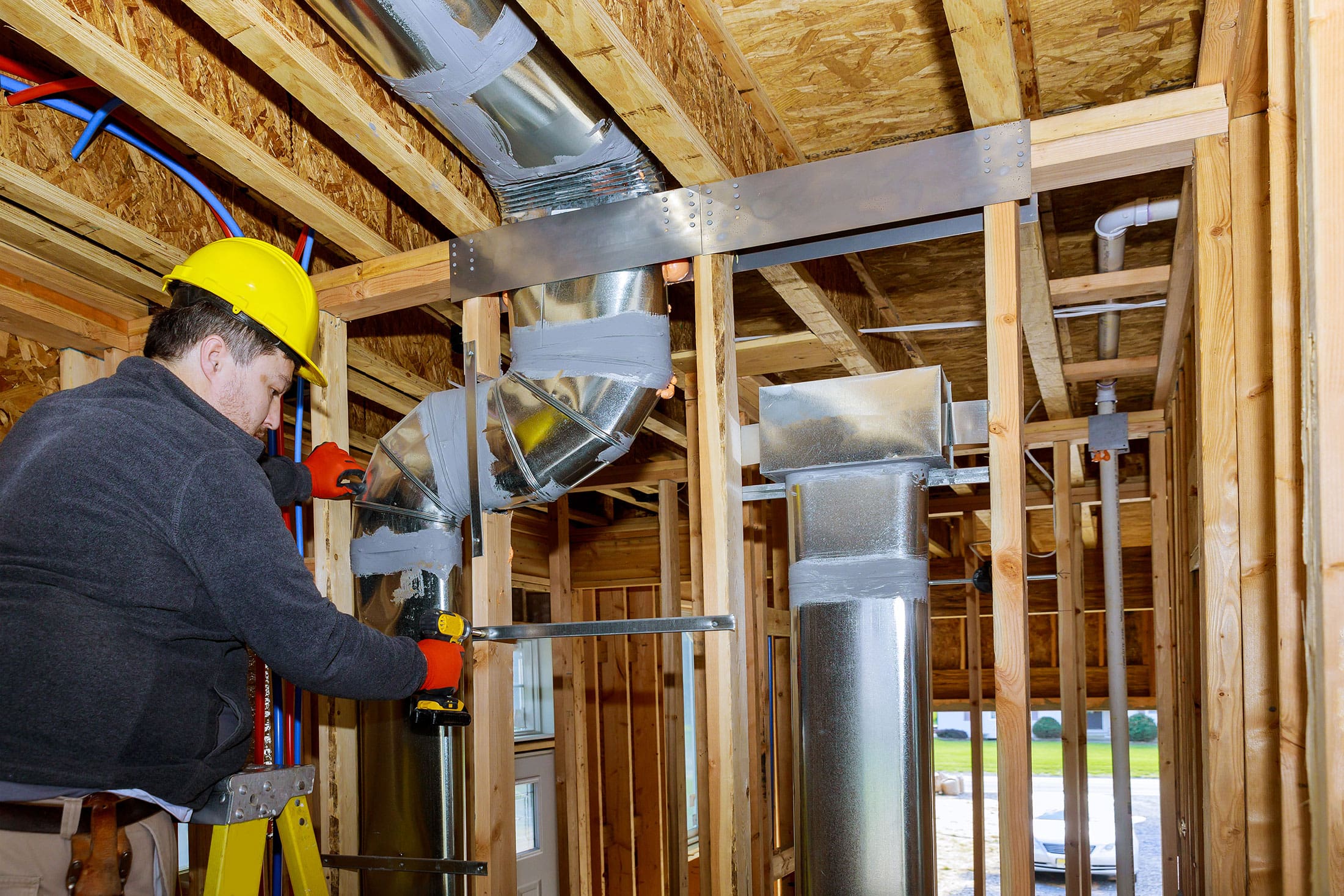
February 25, 2017
Any test and balance contractor (or mechanical, control, even general contractor) has undoubtedly competed against “the other guy” who is not bidding or performing work in accordance with project specifications. For this article, let us concentrate on how this pertains to the test and balance industry.
Many AABC test and balance firms have spoken regarding their approach to a project. Many of these firms are very well respected in their area, and deservedly so. There are, however, many different ways projects are being performed and considered final. Some of the differences from company to company and even project to project are:
Project Agenda or Balance Plan:
When an agenda or balance plan is specified during the submittal process, it should include detailed, specific step-by-step strategies for balancing each type of system included in the project. All equipment being tested should be listed and as a minimum sample forms with specific equipment identification should be included. Ideally each system should be written up ready for the field testing showing all traverse and outlet/ inlet locations, terminal units, reheat coils and any other equipment being tested. It should also include the final CAD drawing (or labeled mechanical drawing).
Project Site Inspections:
Much of the time this step is not performed even when specified. There are numerous reasons for this omission. In many cases the test and balance firm is not aware of the project schedule or sometimes not even aware they have the project until it is too late to perform a site inspection. It may not be clear in the specification what is required. The test and balance firm may decide they don’t have the money in the project to perform the site inspection (the worst reason of all). A coordinated sight inspection with a prepared “checklist” is as valuable to the test and balance firm as it is to the project team. Many items can be discovered that can be addressed at a time that can be cost effective for everyone. Anytime you can ensure a project is ready for balance when sending the project’s technicians to the site, the project has a better chance to be successful, both in profit and the ability to meet project completion deadlines.
Temperature Performance Testing:
In reviewing reports from other companies both locally and nationally, it is surprising to see how often temperature testing is omitted. How is a system deemed performing at its optimum level if temperature testing isn’t performed on every piece of equipment where heat exchange occurs? Does it really matter if a terminal unit is correctly balanced if the reheat coil is blocked or air locked? Some may argue “we don’t take temperatures on DX equipment” or “the system wasn’t delivering 180 degree water”. What part of Total System Balance” does this logic fall into? Entering and leaving air and water temperatures should be taken on every piece of equipment. This should be the case even on the smallest tenant improvement project. Simple temperature testing on a terminal unit with a reheat coil will at least verify the proper operation of the coil, thermostat and control valve, which is valuable data for the project’s owner.
Total System Balance:
This refers not to AABC’s reference to total system balance but more to individual system issues found on previously balanced projects. Many times ducted return systems have been found to be not balanced because the engineer didn’t specify design air quantities for each inlet. In another instance a non-ducted return air path was not verified because it “wasn’t in the spec”. Building or space pressure testing, air change rates (healthcare), thermostat calibration and location, demising wall transfer ducts properly sized and installed are just some of the additional items that should be included in a project encompassing Total System Balance.
All of the items listed above are part of AABC’s Total System Balance. Including costs to perform this work at bid time may be difficult in the competitive market, but it should be used a tool to separate your firm from competitors. AABC Total System Balance will cost a little more, but it will also provide a significantly different end product.

